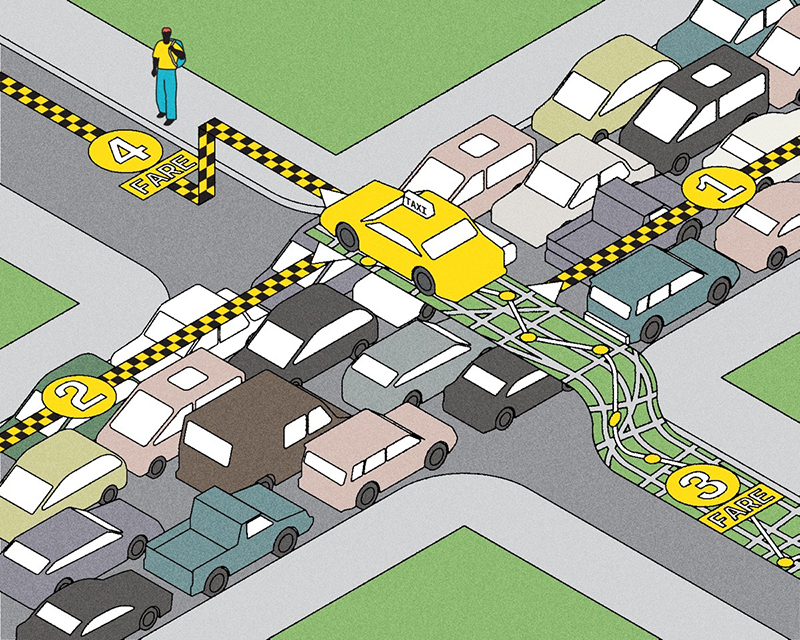It’s a baby step that could pave the way for a new treatment for people with spinal cord injuries. Professor Molly Shoichet, of chemical engineering and applied chemistry, and neurosurgeons at Toronto Western Hospital have created a plastic tube that fits around the spinal cord and restores some movement in paralysed rats. “We know the rats improved,” says Shoichet, a Canada Research Chair holder. “We now have to figure out how significant the improvement is.” The tube, made from the same material as contact lenses and only five millimetres long, is filled with chemicals promoting nerve growth. It fits snugly around the injured area and connects damaged nerves between the two ends of the spinal cord. Eight weeks after treatment, rats increased their range of motion from a score of two (complete paralysis) to between eight and 11. A score of 21 denotes normal movement.
Recent Posts
People Worry That AI Will Replace Workers. But It Could Make Some More Productive
These scholars say artificial intelligence could help reduce income inequality
A Sentinel for Global Health
AI is promising a better – and faster – way to monitor the world for emerging medical threats
The Age of Deception
AI is generating a disinformation arms race. The window to stop it may be closing



